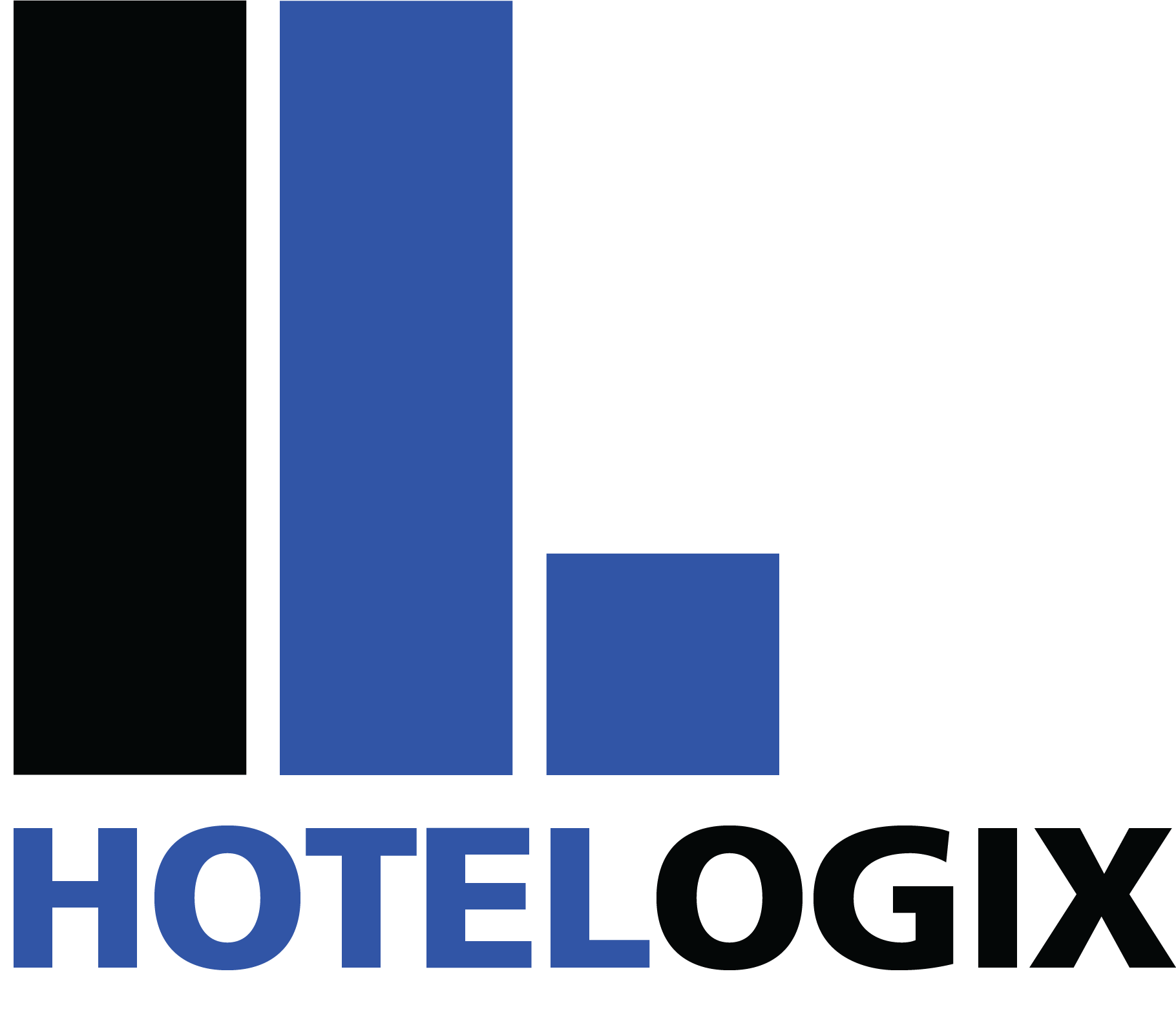Ever wondered why some hotels consistently outperform their competitors, even in challenging market conditions? The secret often lies in their ability to master market segmentation - a strategy that's becoming increasingly crucial in today's diverse hospitality landscape.
Successful hotels focus on understanding and serving specific guest segments instead of trying to be everything to everyone. Whether it's business travelers seeking efficiency, luxury seekers craving unique experiences, or budget-conscious families planning their vacations, each group has distinct needs and preferences that present unique revenue opportunities. By properly segmenting your market, you can transform your hotel's approach from a one-size-fits-all model to a targeted strategy that drives growth and maximizes profitability.
Let's explore how market segmentation can become your hotel's greatest competitive advantage through five essential aspects:
- Understanding the basics
- Identifying profitable segments
- Customizing services
- Implementing targeting strategies
- Measuring success.
Understanding Market Segmentation Basics
Types of Hotel Market Segments
The hotel industry typically divides guests into distinct categories based on their characteristics and needs:
- Business Travelers
- Leisure Travelers
- Group Bookings
- Extended Stay Guests
- Special Event Attendees
Benefits of Targeted Marketing
Data Collection Methods
Hotels can gather valuable customer data through:
- Booking Information
- Guest Surveys
- Loyalty Programs
- Website Analytics
- Social Media Interactions
Segmentation Criteria for Hotels
Key factors used to segment hotel markets include:
- Demographics (age, income, occupation)
- Purpose of Stay (business, leisure, events)
- Length of Stay
- Booking Patterns
- Spending Habits
- Geographic Location
- Loyalty Status
Hotels that effectively analyze these criteria can create detailed guest profiles, enabling more precise targeting and personalized service delivery. Understanding these fundamentals allows properties to develop more focused marketing strategies and tailored service offerings. Now, let's explore how to identify your most profitable segments within these categories.
Identifying Your Most Profitable Segments
Analyzing Guest Spending Patterns
Understanding guest spending behavior reveals crucial insights into revenue potential. Track these key spending indicators:
- Room revenue
- Food and beverage purchases
- Spa and amenity usage
- Additional services (airport transfers, tours)
- Incidental charges
Tracking Booking Frequencies
Regular analysis of booking patterns helps identify loyalty trends:
Measuring Length of Stay Impact
The duration of guest stays significantly affects profitability:
- Extended stays (5+ nights) typically yield higher total revenue
- Mid-length stays (3-4 nights) often show balanced profitability
- Short stays (1-2 nights) may have higher daily rates but increased operational costs
Corporate travelers might book shorter stays but visit more frequently, while leisure travelers tend to book longer stays with higher additional spending. Focus on segments showing both high spending patterns and consistent booking frequencies. International guests often book longer stays and spend more on amenities, making them particularly valuable.
These data points combine to reveal your most profitable guest segments. With this comprehensive understanding of your guest segments, you can develop targeted service offerings that cater to their specific needs and preferences.
Read also: Tips & Strategies to Get Corporate Clients for Your Hotel
Customizing Services for Different Segments
Tailoring Room Packages
Different market segments have unique needs and preferences. Business travelers typically seek workspace-friendly rooms with fast Wi-Fi, while families require spacious accommodations with connecting rooms. Create targeted packages like:
- Business Elite: Desk setup, printing credits, airport transfers
- Family Fun: Kids' welcome packs, game consoles, extra beds
- Romantic Escape: Champagne service, spa access, late checkout
Adjusting Amenities
Match your amenities to segment expectations:
Creating Segment-Specific Promotions
Develop targeted offers that resonate with each segment's motivations. Weekend getaway packages for couples, corporate rates for business travelers, and off-season discounts for retirees maximize booking potential.
Personalizing Communication Channels
Each segment prefers different communication methods:
- Corporate clients: LinkedIn, email newsletters
- Millennials: Instagram, mobile apps
- Senior travelers: Traditional mail, phone support
Modifying Pricing Strategies
Implement dynamic pricing based on segment behavior patterns. Consider factors like booking windows, length of stay, and seasonal preferences. Business travelers often book last minute and value convenience over price, while leisure travelers book ahead and are more price-sensitive.
Now that you've optimized your services for different segments, let's explore how to implement effective targeting strategies to reach these audiences.
Implementing Effective Targeting Strategies
Digital Marketing Approaches
The foundation of successful hotel targeting lies in creating personalized digital marketing campaigns for each segment. Utilize data-driven approaches to deliver tailored messages across multiple touchpoints:
- Email marketing with segment-specific offers
- Social media content customized by guest preferences
- Retargeting campaigns based on browsing behavior
- Personalized landing pages for different guest types
Channel Selection
Choose the most effective channels for each market segment based on their behavior and preferences:
Budget Allocation
Distribute your marketing budget strategically across segments and channels:
- Allocate 40-50% to digital advertising
- Reserve 20-25% for content creation and SEO
- Invest 15-20% in email marketing campaigns
- Set aside 10-15% for social media marketing
- Keep 5-10% for testing new channels
Focus spending on channels that deliver the highest ROI for each segment. Track performance metrics regularly and adjust allocations based on results. Now that your targeting strategy is in place, let's explore how to measure the success of your segmentation efforts.
Measuring Segmentation Success
Key Performance Indicators
Track these essential KPIs to evaluate your segmentation strategy:
- Segment Revenue Growth
- Average Daily Rate (ADR) per segment
- Revenue per Available Room (RevPAR)
- Booking Lead Time
- Length of Stay (LOS)
ROI Tracking Methods
Guest Satisfaction Metrics
Monitor these crucial satisfaction indicators:
- Net Promoter Score (NPS) by segment
- Guest Satisfaction Survey results
- Online review ratings
- Repeat booking rates
- Segment-specific feedback scores
Market Share Analysis
Evaluate your competitive position through:
- Segment penetration rates
- Share of wallet within each segment
- Competitive set analysis
- Market growth rate per segment
- Segment loyalty metrics
Regular measurement of these metrics enables data-driven refinements to your segmentation strategy. Compare metrics across different segments to identify which ones deliver the highest value and require additional focus. Monitor trends over time to spot emerging opportunities and potential issues before they impact your bottom line. This analytical approach helps optimize resource allocation and maximize returns from your segmentation efforts.
Now that you have a comprehensive measurement framework in place, you can make informed decisions about your hotel's strategic direction and resource allocation.
Hotelogix Hotel Management System
Hotelogix's Hotel Management System supports this process through its features, including real-time data analytics and reporting tools that allow hoteliers to track performance across various segments. The system's channel manager integration ensures that room rates and availability are consistently updated across multiple distribution channels, enabling hotels to effectively reach their target markets.
Additionally, Hotelogix facilitates dynamic pricing strategies based on market demand, helping hotels maximize revenue while catering to the unique needs of each segment. This comprehensive approach not only enhances operational efficiency but also fosters stronger guest relationships, driving long-term growth in a competitive landscape.
Successful hotel growth heavily relies on understanding and catering to distinct market segments. By identifying profitable guest segments, tailoring services to meet their specific needs, and implementing targeted marketing strategies, hotels can maximize revenue and build lasting customer relationships. Regular measurement and analysis of segmentation efforts ensure continuous improvement and adaptation to changing market demands.
Your hotel's future success depends on taking action today. Start by analyzing your current guest data, defining clear segment profiles, and developing customized offerings that resonate with each group. Remember, effective market segmentation isn't a one-time effort - it's an ongoing process that evolves with your guests' changing preferences and market dynamics. Make market segmentation your strategic priority and watch your hotel thrive in today's competitive landscape.

